Tips on How to Get Your Dog to Take Pills
As an Amazon Associate, I earn from qualifying purchases. We may receive a commission for purchases made through these links. This site also contains affiliate links to products besides Amazon, like Etsy. We may receive a commission for purchases made through those links too (at no additional cost to you).
How to Get a Dog to Take Medicine
When your pup is not feeling well, it can be tough on the entire household. Depending on what may be wrong, it can also be a huge drain on your finances, time, and honestly, even your patience. The last two are especially true when you are struggling to get your pup to take the very thing that will make them feel better. In a perfect world, you have a dog that will just swallow whatever medication you give them instantly (these dogs DO exist). However, if you are struggling with how to get your dog to take pills, here are some of our best tips to help you!
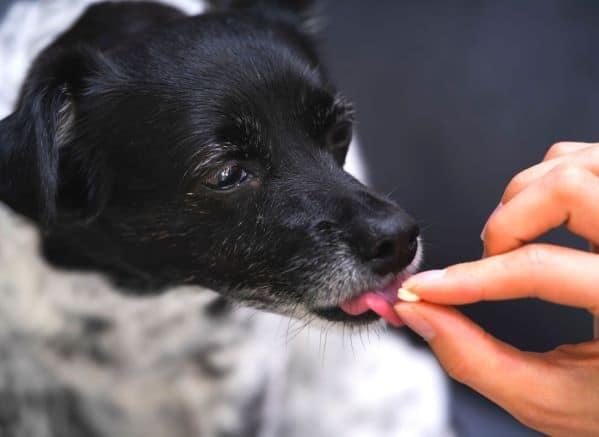
Tips for Giving Your Dog Pills and Medications
After struggling to medicate TONS of animals over the years as zookeepers and pet owners, we have put together this list to help other pet owners that may be struggling with getting their pups to take their pills. You can absolutely mix and match these tips for giving your dog medication to increase your chances of success.
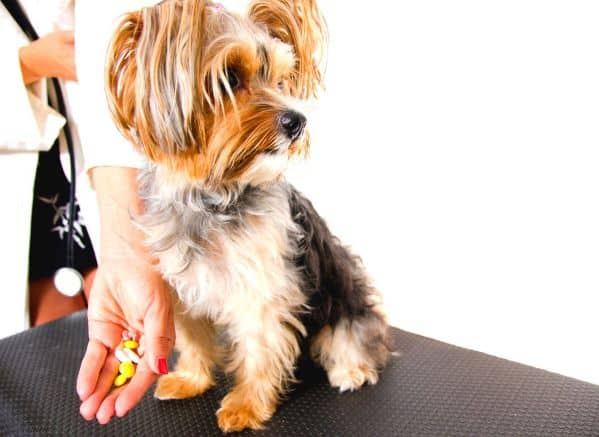
Please remember to always follow your vet’s instructions when giving out medication because it might have to be delivered a certain way. This could mean that some of these tips may not work for you and your pup.
The most important thing during this process is for you to be patient and know when to walk away and give yourself a moment to regroup if you start getting too frustrated. Our canine friends do pick up on our feelings and it can affect their behavior. This means that if you are angry, frustrated, or dripping with desperation, your dog may become more suspicious of what you are trying to do.

This list is in no particular order, so please feel free to select the methods that you think will give you the best odds of medicating your furry family member.
Hide the Pill
The easiest way to get your dog to take pills is simply by hiding the medication inside a food that they will eat. Choosing what you hide their medication in is largely dependent on your dog’s personality and eating habits. If your pup likes to gulp things down, you may be able to just hide the meds amongst their normal food at meal times.

You can also try hiding it in cheese, peanut butter, hotdogs or other meats, pill pockets, etc. Just make sure that the food is safe for your dog (i.e., grapes should not be used because they are toxic to dogs). For those dog owners who have CSI detective-level canines, try picking stronger-smelling foods that will help hide the scent of the medication. You might also have to choose a treat that can hide the texture of pills in it as well.
My personal favorite way to hide meds is by using pill pockets because they were designed specifically for this reason. I do want to point out that all pill pockets are NOT the same. There are multiple different brands, sizes, and flavors for you to choose from and it may take a little experimenting to find one that works for you and your dog.
In our house, we like the Greenies brand, specifically the chicken, hickory smoke, or peanut butter flavors. Some other brands we’ve tried don’t seem to be as malleable, which makes it harder to form it around the pill.
Make it Tempting
If your dog likes to eat what you are eating, try pretending to eat some of what you are hiding the pill in. If it’s human food, you can take actual bites of it in front of your pup. Act like you are spoiling them by giving them a bite of YOUR food and they will be more likely to scarf it down before you change your mind and take it back.
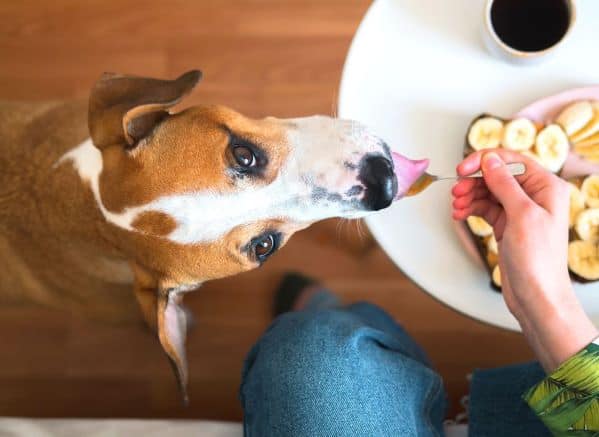
Friendly Competition
If you have more than one pup and there are no food aggression issues, use some friendly competition to get them to eat the medicated food item. Just make sure you keep the medicated food separated from the non-medicated food so there is no mix-up. Let your other dog eat the plain food first. Then quickly present the medicated food to the dog that needs it. You just need to be careful that the medicine goes to the right pup and be quick to grab any medicine that may fall out during this special ‘treat’ time.
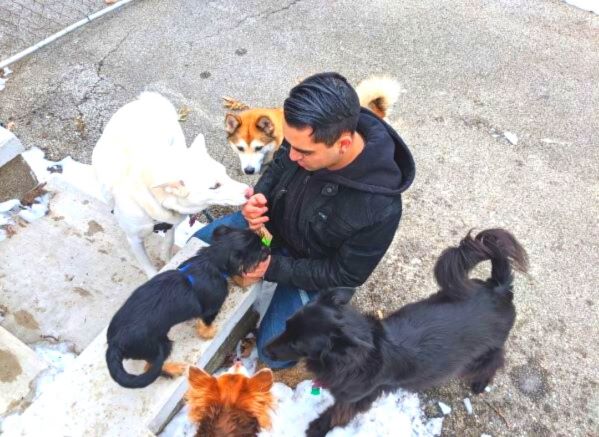
Slight of Hand
Have several of the food items in hand with just a few that have the pills in them. As quickly as they will eat it, give them a few unmedicated foods, followed by a mix of medicated and unmedicated ones, and end with a few unmedicated food items. Your dog will be most suspicious of the first few food items. Once they realize that the first few treats did not have any pills in them, they will pay less attention to the next set of treats and hopefully won’t discover your treachery. The last treat given is to help them not notice what you’ve done.
Another option is to sneak some medicated treats into a robust, high-energy training session. The hope is that your dog will be so into the session that they won’t notice the random drugged treats during it. I only recommend doing this for behaviors that they love doing and that are already solidly trained. You want to be careful not to ruin a behavior they may already be uncomfortable with by breaking their trust if they find the pill.
Get Creative & Change the Medication
If your dog is an ace detective and you aren’t having any success with the above tips, consider thinking more outside the box. You may be able to crush the pills or open the capsules up and shake the powder out. This will leave you with a different form of medication to work with.
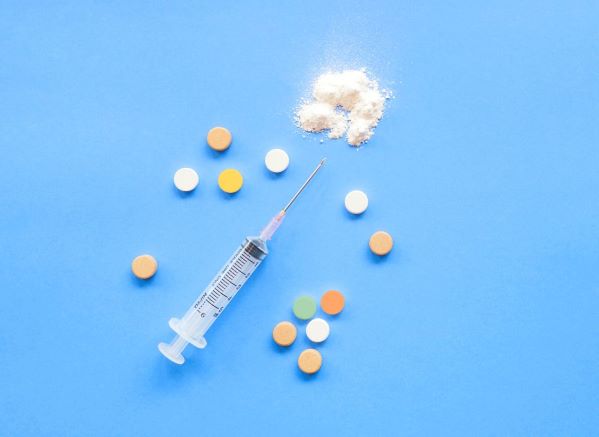
Always consult your vet before changing the form of the medication that will be given because some pills should not be altered this way and may then harm your pet. Once you have the pills in powder form, you can try mixing them in a sodium-free broth or wet food mix. This will hide the smell and texture of the medicine. It will also prevent your pup from being able to find and spit out a tablet or capsule.
Your vet or pharmacist will know if your dog’s medication is available in different forms. You may have the option to get the drug in a different flavor, in a liquid form, or even compounded into a food item to make it more palatable for your pup. This can cost a bit extra but depending on how difficult your dog is being, this can be a helpful option if available.
Mix it Up!
If your dog is historically difficult to medicate, it can help to randomly change up how you give them their pills. You might have a dog that never figures out that you are medicating them, but other pups will always be suspicious. Whether it’s just changing up the flavor of a treat or the way you give it out, it can help that they never know what or when it’s coming.
Pill them
If all else fails, you may have to pill them. This means opening their mouths and physically placing the pill and getting them to swallow it. The closer to the back of the throat you can get the pill, the greater the chance of success.
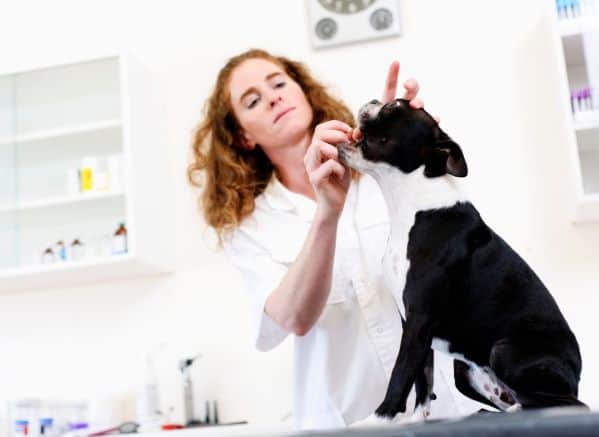
You do have to be careful not to accidentally injure your dog or yourself during this process. Luckily, they do make a tool that makes it a bit safer for everyone involved called a pill shooter. This invention helps ‘shoot’ the pill into their mouths, so you don’t have to use your fingers. This is great because it lowers the chance of you accidentally being bitten AND you don’t have to have your pet’s mouth open as wide as you would if you were using your fingers for the pills.
Once the medication is in, try to keep their mouth closed for a bit so it’s harder for them to spit it out. You can also try blowing on their nose and gently rubbing their throat to encourage them to swallow.
This process is admittedly not enjoyable for anyone involved and as mentioned, it does have its risks. Even if you must pill your pup, it is worth trying the other methods above at random intervals to see if you can switch to a less stressful way to give your dog its medication
May the Odds Be Ever in Your Favor
Trying to give your dog pills can be super stressful. I hope these tips for giving your dog medication can save you some frustration while your pup recovers and starts to feel better. If one of the tips doesn’t seem to work for you, you may have luck with it if you try again later. Sometimes a few days (or weeks) reset may be all you and your dog need to get one of these tricks to work, or even to something to work again.

If you have any questions, feel free to reach out to us through our Facebook page or shoot us an email. We will be more than happy to troubleshoot or commiserate with you. Your veterinarian is also a great resource to brainstorm with. We all want your pup to feel better almost as much as you do. Here’s wishing you the best of luck and many more healthy years ahead for you and your dog!
Pin For Later:
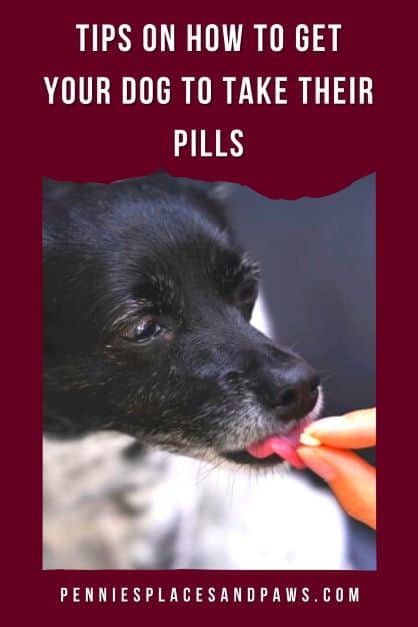
Amazon and the Amazon logo are trademarks of Amazon.com, Inc, or its affiliates.



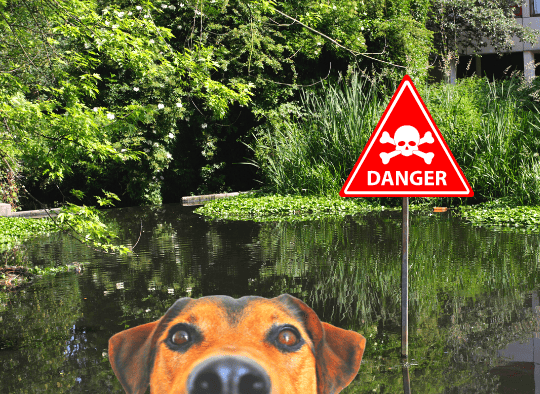

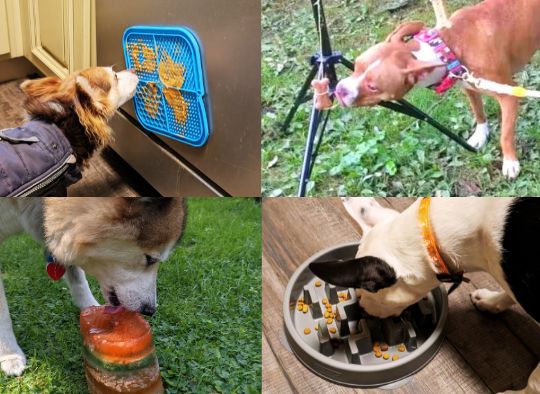

Getting my dog to take pills was always such a challenge. We tried everything and ended up having to “pill” him.
I’ve had to resort to pilling my oldest for a while but we just got him back to taking them in pill pockets 🙂 Sometimes it just takes a lot of time (and some creativity and luck!)
Wow. I’ve heard of hiding the pill, but I’ve never heard of pill pockets. These sound fabulous for getting our pets to take medications. I love your tip to blow on their nose and rub their throat. You have many valuable tips.
Thanks! Pill Pockets worked so much better than cheese and hotdogs for my oldest dog- he was so used to searching human food for meds that they were perfect!
These seem like great ways to get your pet to take pills! When we had a dog, we would wrap the pill in some lunch meat or stick it in yogurt. Then we’d gently close the bottom jaw and rub underneath. Luckily the dog never rebelled!
The things we have to do to get our pups to take meds LOL. I love hearing when people are successful because it can be so stressful if the dog is difficult
Every dog owner needs these tips on how to get your dog to take pills! We always hide it in food, but if the medicine tastes really bad, they can reject it. This article gives several ways to get the medicine to go down! Thanks!
Thanks! My oldest just went through a phase where he wouldn’t trust anything we gave him so it definitely had me starting from scratch again to get him to take his meds without having to pill him. Always better to have a list of things to try so you don’t get too frustrated 🙂
These are great ideas for getting dogs to take their meds. I help my mom with her dogs. They love that they get a ball of peanut butter every afternoon! So far they haven’t detected the capsule inside!
I’m glad you found a method that works! I have one dog that seemed to find it in EVERYTHING. And I’ve worked with a Polar Bear who could just tell before you even got close to him that there was medication somewhere.
These are great tips on how to get your dog to take pills. We would hide them in peanut butter. But like the idea of a pill pocket.
I was so happy when I discovered pill pockets. PB unfortunately never worked for my oldest because he would delicately lick slowly and always find the pill LOL
Great advice for pet owners! Tricky tips!
Growing up, my dad used to give our dogs pills by putting them in their mouth and then blowing into their nose, especially if they wouldn’t take it with peanut butter. I’ve never heard of anyone else doing that!
It is one of the many tricks I have learned medicating animals. It may not work on all of them, but it’s worth a shot!
Great tips! The one about eating food in front of your dog and then they feel like it’s a treat when you give them some is genius! I’ll have to remember that one.
I have one dog that this works for ALL THE TIME LOL. She would steal my food in a heartbeat so it works perfectly 🙂
Such useful tips! The only way I can get my dog to take a pill is by hiding it in a date or peanut butter haha. He will spit everything else out, he just knows!
It’s the best feeling when you finally discover the cheat code to getting your pup to take pills LOL
Great Advice! Those dog’s are smart they always seems to avoid the meds!
Thanks! I am amazed at how astute some dogs can be!!
I’ve gotten really creative trying to figure out how to get my dog to take pills. He hates it. I hide them in bananas with peanut butter slathered all over them. Otherwise, he’ll eat around the dang thing. Your tips are all great!
Thank you! It can be super challenging finding the perfect way to get your dog to take meds
Great tips! When Barrett Dog was with us, he knew exactly what we were doing in hiding those pills. We would use the greenies, and he would eat around it and spit the pill out. We had to get creative as he was not a fan of peanut butter. Those were the days!
It can be so frustrating when your pup discovers the hidden meds!